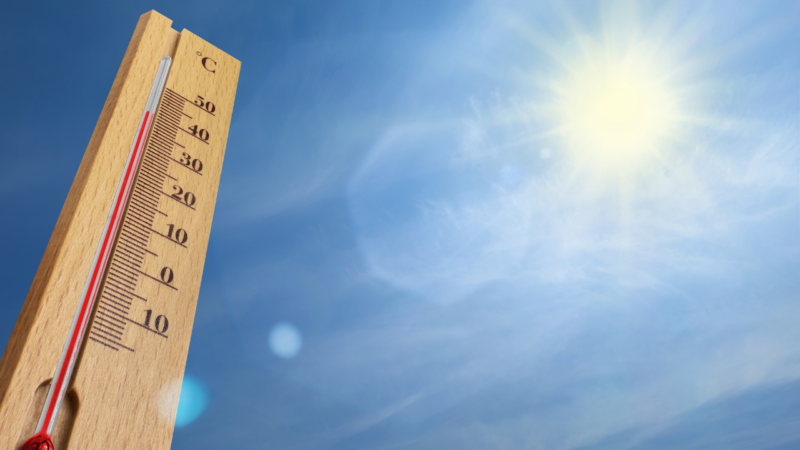The sun can do wonders for our body such as improving our mood and immunity.
But there are two sides to the story, and we should be mindful of one key change occurring in our bodies as we age: a decreased ability to disperse internal heat. This happens because of changes such as decreased sweating and skin blood flow.
The upshot of this is our elderly Mums and Dads are at higher risk of experiencing heat-related illness compared to younger generations. Some signs to look out for include headaches, confusion, dizziness, and nausea. It is important to seek medical assistance if treatment is needed.
While it is understandable to slow down and have adequate rest to ensure our bodies can cope with the heat, it doesn’t mean exercise should be avoided altogether. The benefits of exercise are too significant and can even help maintain/prevent these age-related changes due to improvements in heart and blood vessel health with regular exercise.
So with this in mind, here are some ways we can help the elderly exercise safely during the warmer months of the year:
1. Make use of the air-conditioning and make sure the thermostat is set to a comfortable temperature (the same could be said in winter when thermostats can be set quite high!). More traditional methods of staying cool like using a wet towel to promote evaporation can make a difference too.
2. Dress appropriately. Clothes that are made out of cotton or linen are light and breathable. Pack away the woolies and coats so that they aren’t tempted to overdress! Grab a hat and sunglasses, and put on sunscreen if heading outdoors. Even being mindful of the colours of clothing as lighter colours (e.g. white, yellow, light grey, red) can be up to 20 degrees cooler in the sun than darker shades (e.g. black, blue).
3. Stay well hydrated. As we age, there is a diminished sensation of thirst. Sometimes, certain medications can also increase the risk of dehydration. Not having enough water can affect many of our body symptoms including the kidneys, brain, and urinary tract. Increased fatigue and confusion from dehydration may also increase the risk of falls. Have a water bottle handy and incorporate drinking water into your daily routine (tea/coffee don’t count!). Even selecting food with high-water content (e.g. cucumbers, watermelon) and minimising high-salt content can help. Often processed food can have high amounts of salt – check nutritional labels for a guide.
4. Engage in outdoor activities during the coolest times of the day. Gardening or going for a walk early morning or late afternoon when the sun is less intense. Even being mindful of which side of the footpath has the most shade can make a difference! For some activity ideas during the heat of the day, check out your local community centre or make use of swimming pools/hydrotherapy to get a full body workout while staying cool.
If you’d like to discuss having a physiotherapy assessment to provide some tailored advice, our friendly Client Care team would love to help.
Article written by May-Ann Low, TPC physiotherapist
RESOURCES:
How to Stay Hydrated: A Guide for Older Adults
Hot Weather Safety for Older Adults | National Institute on Aging
Japanese research tells us what colours of clothing are cooler in hot weather
Outdoor experiment investigation on the effect of clothing color to surface temperature variation

 1300 797 793
1300 797 793
